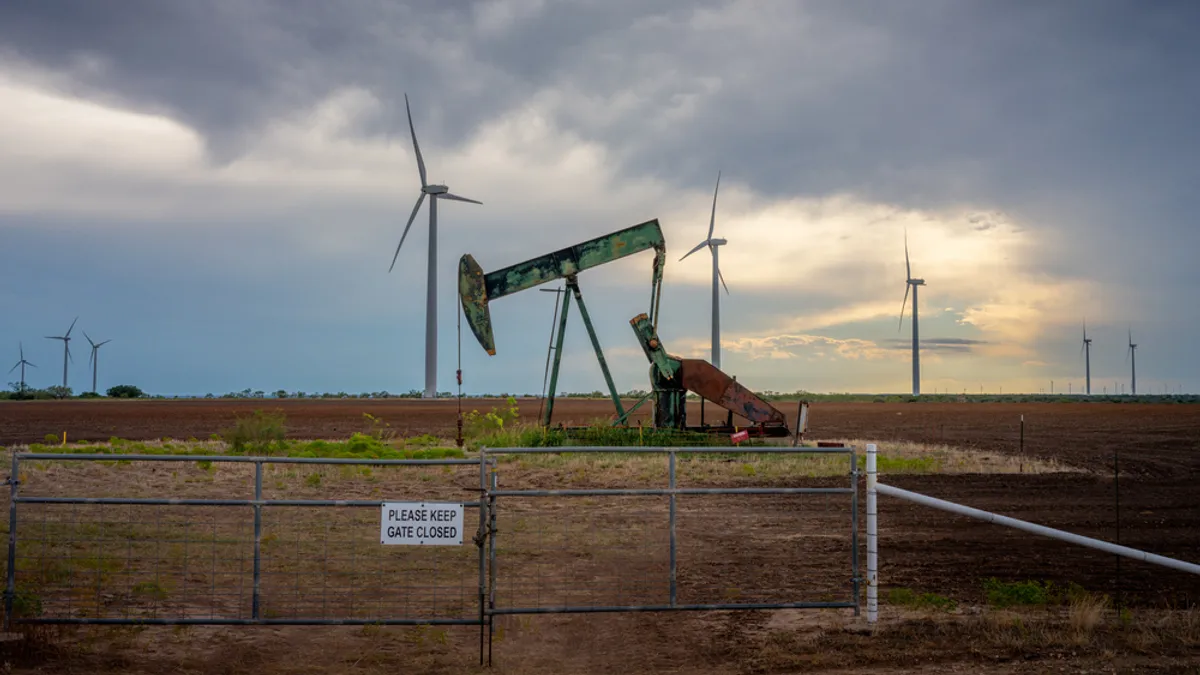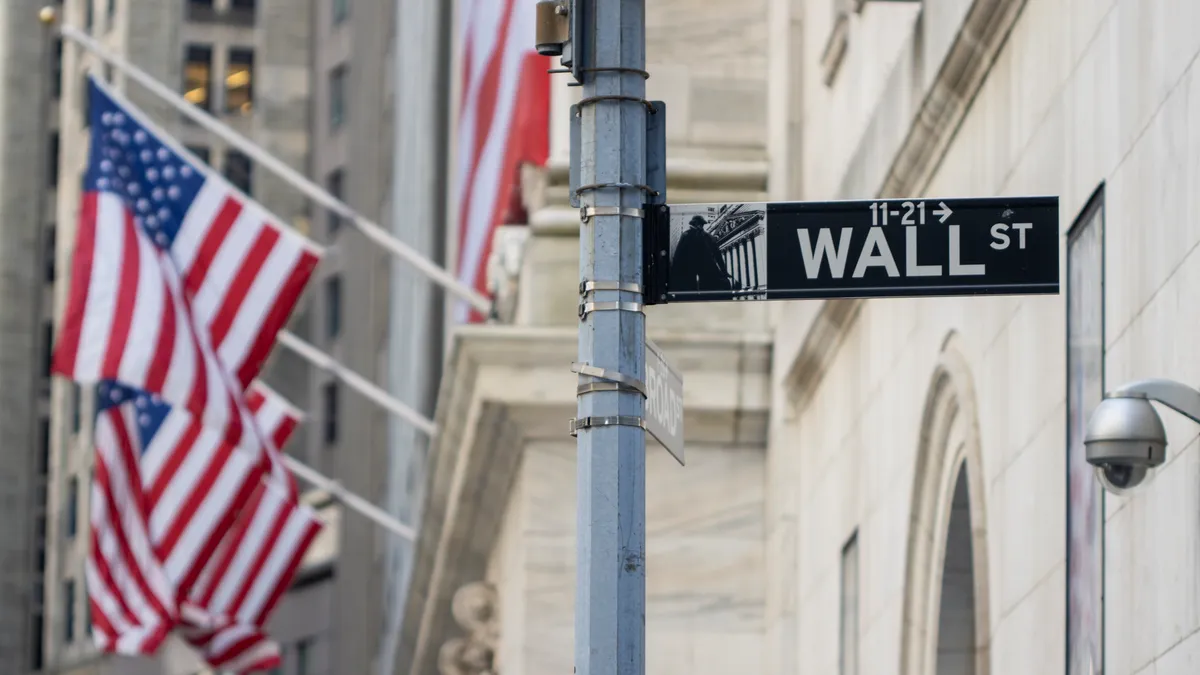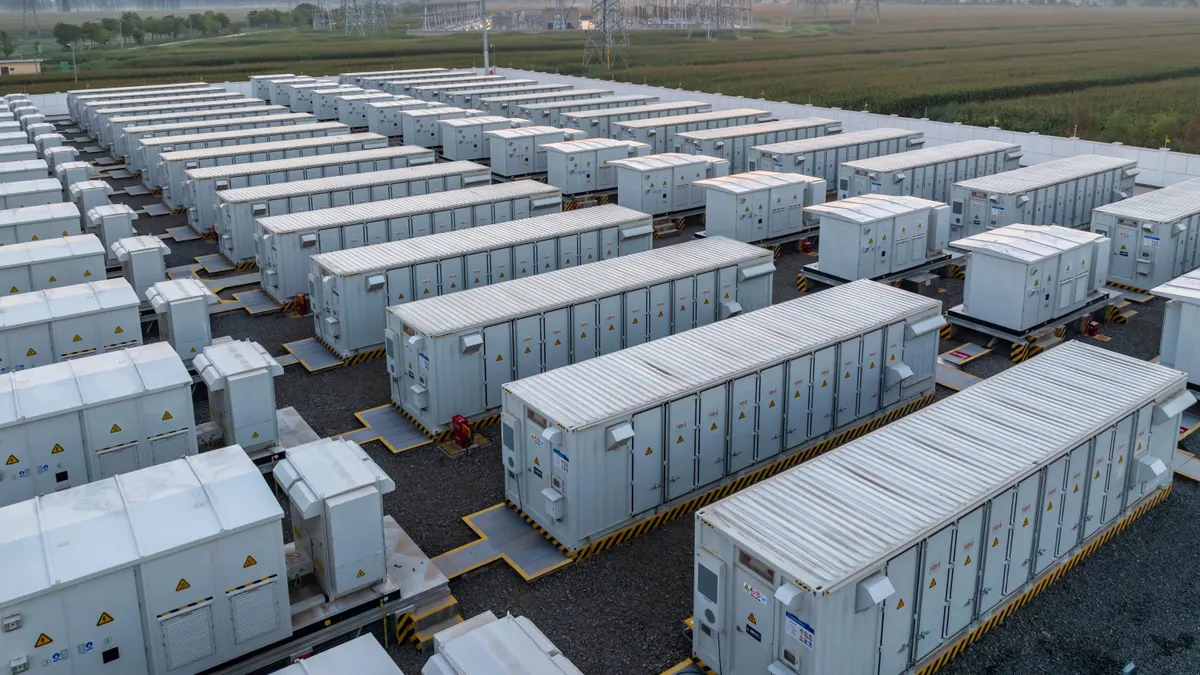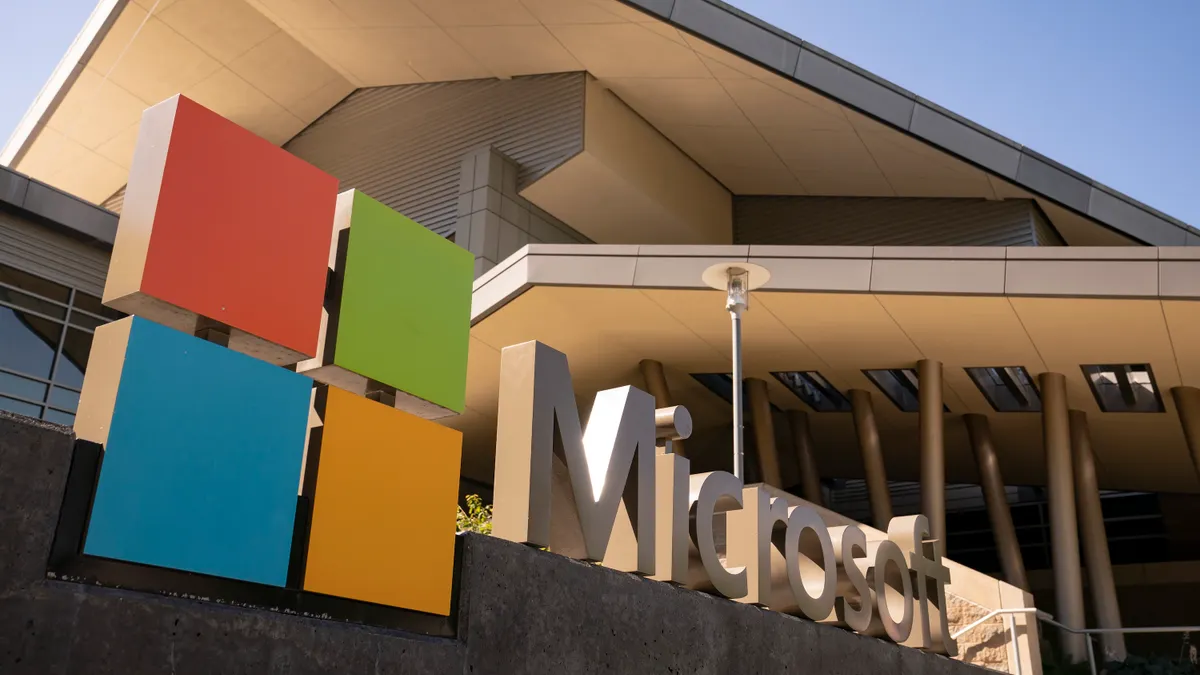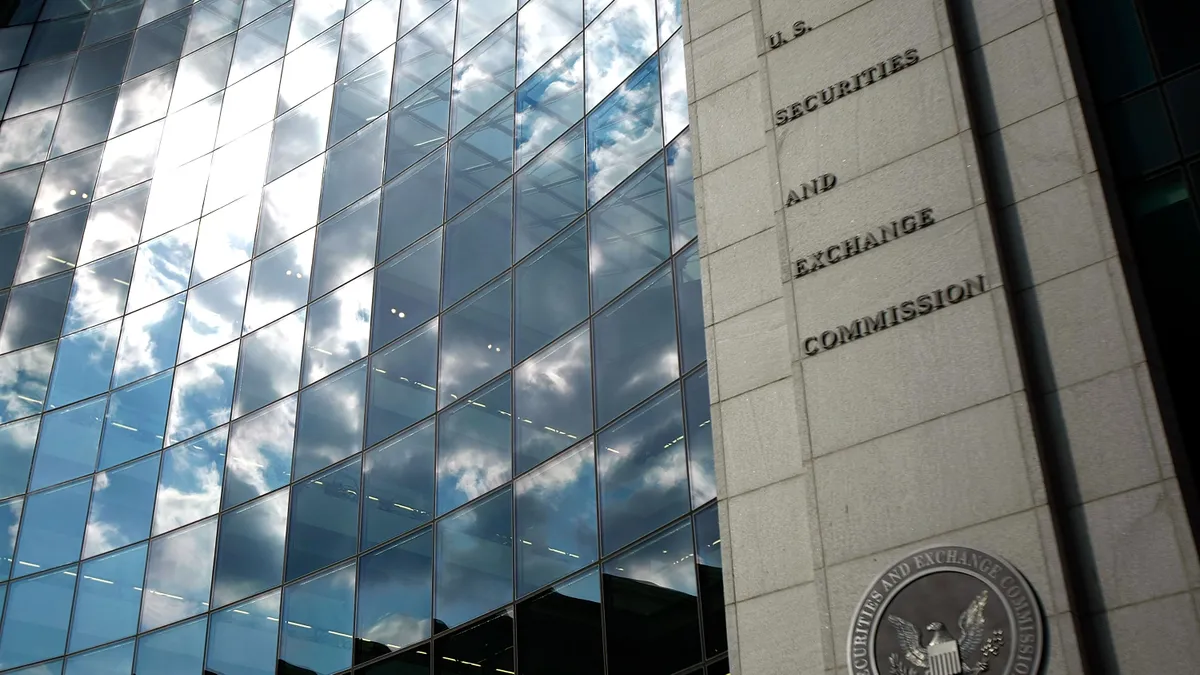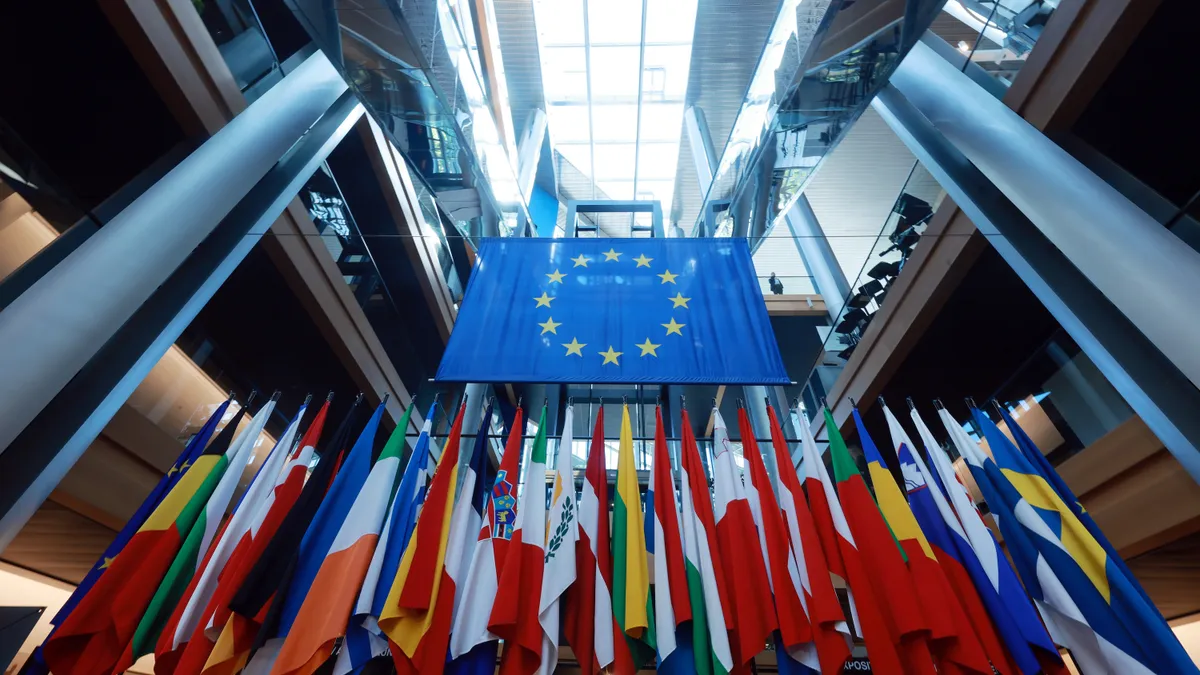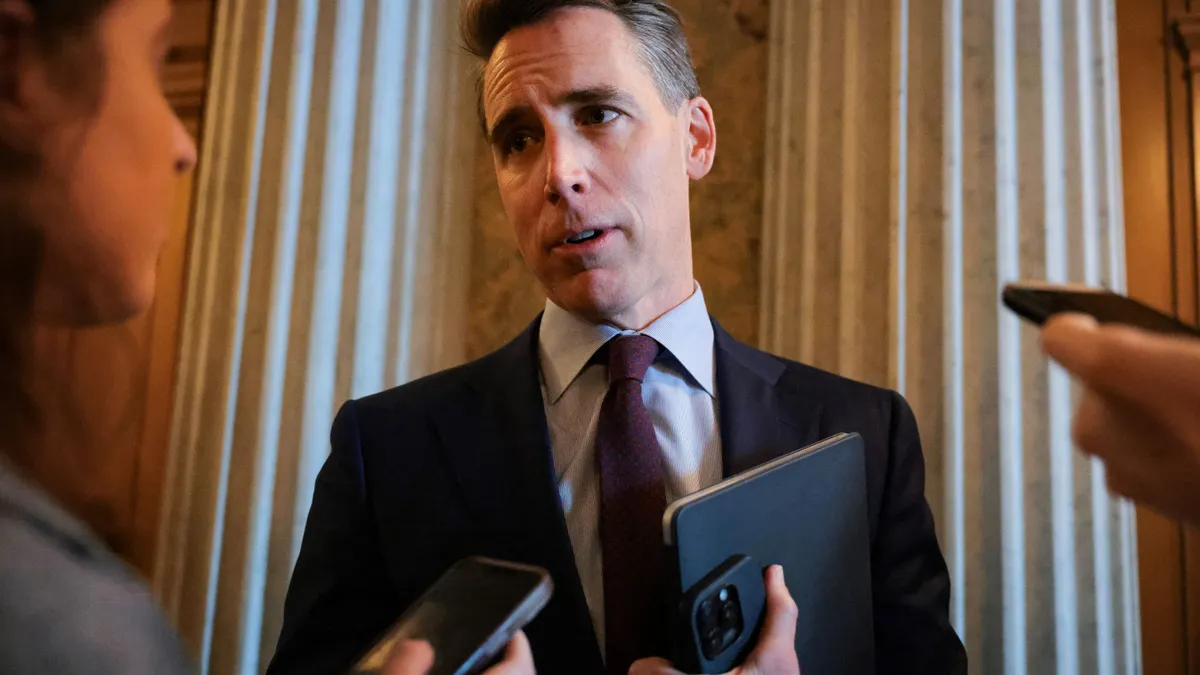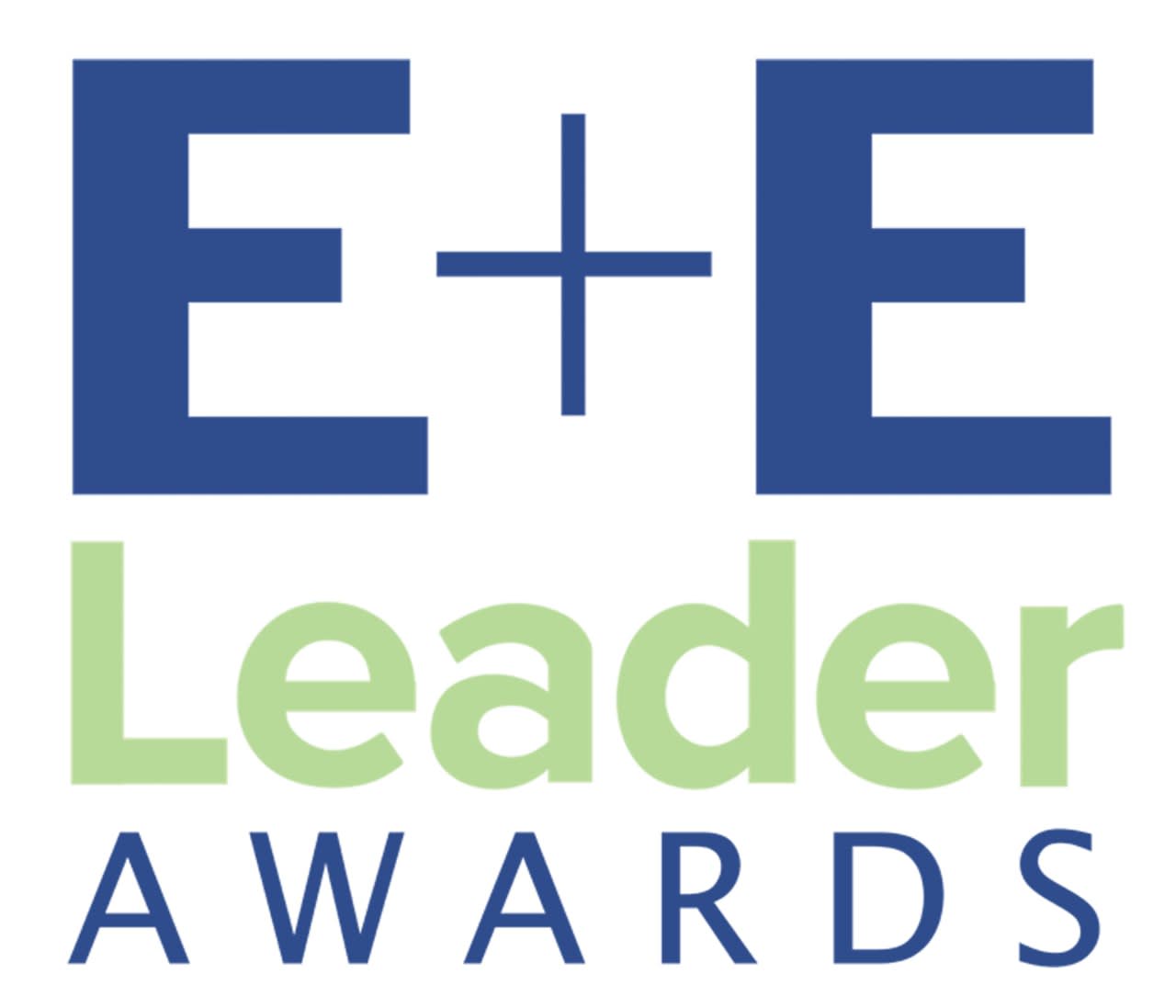Not so long ago, many automakers were all-in on electric vehicles. With healthy incentives from the federal government to encourage EV purchases, sales were expected to surge.
In anticipation of growing EV sales, many automakers required their dealerships to invest in expensive charging infrastructure as well as EV sales and service training.
But the political pendulum has swung from support for electric vehicles to outright hostility toward them in the current administration. Tax incentives for buying EVs are drying up, and sales are expected to slow significantly.
Making those EV investments pay off may take longer than dealers anticipated, say industry analysts. But the money wasn’t wasted because electrified vehicles aren’t going away, dealers say.
“A lot of dealers are going to have to recalibrate their business plans, with new estimates based on lower EV sales and service,” Karl Brauer, executive analyst at iSeeCars, tells ESG Dive sister publication WardsAuto.
The Price Problem
Retail EV sales surged to 11.2% of all new-vehicle sales in August, according to J.D. Power, as buyers rushed to take advantage of the $7,500 federal tax credit before it expired on Sept. 30.
Consumers remain interested in EVs, with some 24% of new-vehicle shoppers telling J.D. Power they are “very likely” to consider buying or leasing an EV within the next 12 months.
There is a caveat, however. Among new-vehicle shoppers who are unlikely to consider an EV for their next vehicle, purchase price is a major reason for their decision, says J.D. Power. And without the tax credit, EVs are about to become more expensive.
Cox Automotive expects EVs to account for 8.5% of the market by the end of 2025, down from an initial forecast of 10%.
Long-Term Thinking
Automakers including Ford, General Motors and Stellantis mandated a certain level of investment before dealers could sell EVs. While some, such as Ford, later backpedaled on that mandate and even reimbursed dealers for some of their costs, many dealers have sunk hundreds of thousands of dollars into EV infrastructure and training without hope of reimbursement.
Installing Level 2 or DC fast charging is the biggest expense many dealerships incurred.
“For an average dealership, let’s say a single rooftop to going into a midrange dealer group with four to five dealerships, the investment in EV charging can be from a minimum of $250,000 to $1.3 million,” Faris Syed, president of Sar Partners, a Florida-based automotive dealership buy-sell acquisitions firm, tells WardsAuto.
His firm must consider that investment when determining a dealership’s valuation. The dealership can depreciate the expense, but the buyer can’t, so a seller won’t be able to fully recoup that investment, Syed says. “It’s a Catch-22,” he says.
Not all dealers are looking to recoup their investment in the near term, however.
Northern California’s Del Grande Dealer Group has invested “significantly” in EV infrastructure and training at many of its dealerships, including Chevrolet, Ford, Cadillac, GMC, Kia, Hyundai, Genesis, Volkswagen and Honda, CEO Jeremy Beaver says.
But Del Grande Dealer Group is “pragmatic,” he adds. It knows that the EV market ebbs and flows, so it has built flexibility into operations to service all customers regardless of powertrain, says Beaver.
“We view these investments not as short-term bets but as long-term positioning to meet changing consumer demand and to stay ahead of [automaker] requirements,” he says.
Electrified vs. Electric
Despite the anticipated slowdown in EV sales, “there will remain millions of EVs on the road and dealers will continue to sell new EVs,” Brent Gruber, executive director of the EV practice at J.D. Power, tells WardsAuto.
Having public charging remains vital as lack of charging remains the number one reason for EV rejection, he says.
And longer term, J.D. Power expects EV sales to represent a much larger share of the new-vehicle market, says Gruber.
Del Grande Dealer Group’s investment will be recouped through service revenue, enhanced customer retention, OEM incentives and the rising certified pre-owned EV market, ensuring its stores are future-ready as consumer adoption continues over time, says Beaver.
The investment is positioning the group to support the entire electrified-vehicle lifecycle, including supporting hybrids and plug-in hybrids as well as pure EVs, says Beaver.
That strategy may be key for all dealers who have invested in EV infrastructure, says Brauer. He sees the shrinkage of the EV market being “totally absorbed” by growth in sales of plug-in hybrids and hybrids.
“That is the interesting thing to consider,” he says. “How will the growth in plug-in hybrids help dealerships counter what they are losing on the pure-electric side?”



